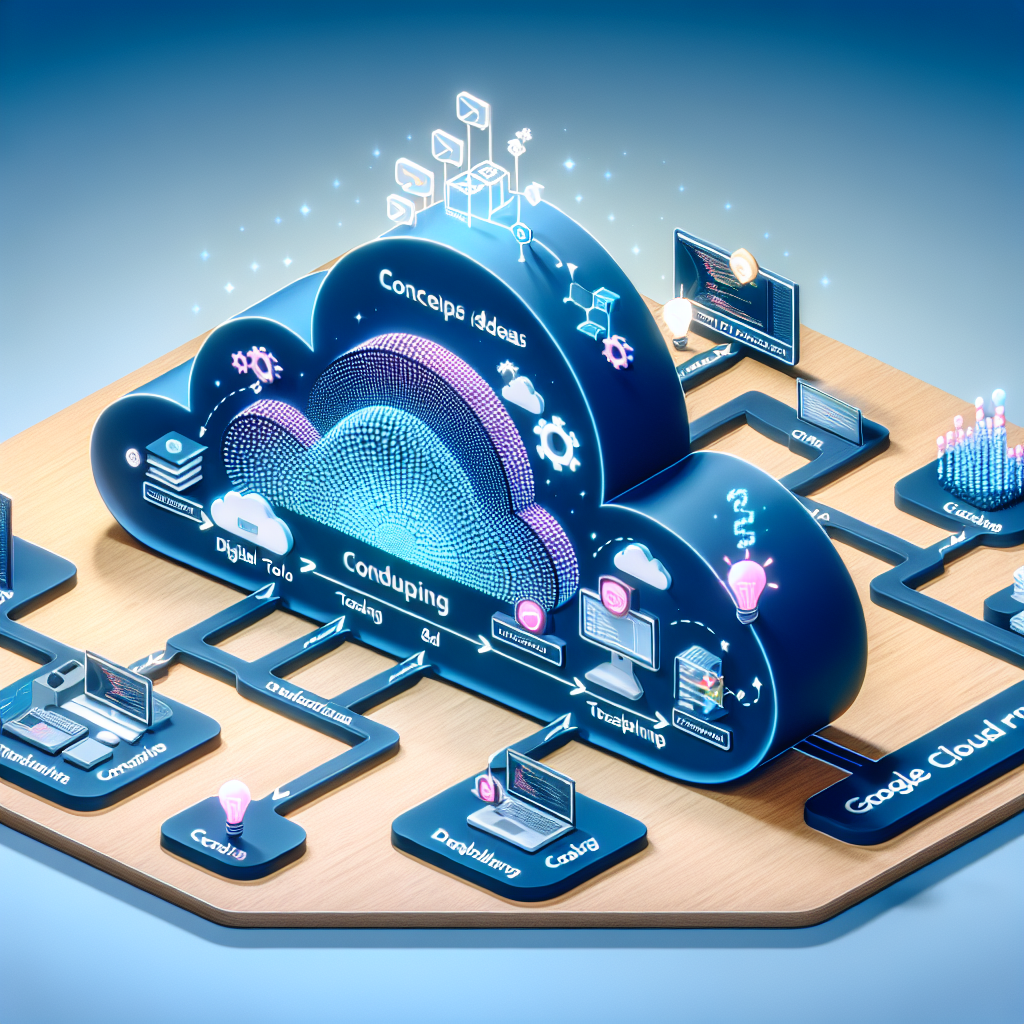Your cart is currently empty!
From Concept to Production: Developing Serverless Applications on Google Cloud Run

Serverless computing has become an increasingly popular choice for developing and deploying applications in the cloud. With serverless architecture, developers can focus on writing code without the need to manage servers, scaling, or infrastructure. Google Cloud Run is a serverless platform that allows developers to build and deploy containerized applications easily.
From concept to production, developing serverless applications on Google Cloud Run involves a few key steps. Let’s break down the process:
1. Conceptualizing the Application: Before getting started with developing a serverless application on Google Cloud Run, it’s essential to have a clear understanding of the application’s requirements and goals. This includes defining the application’s functionality, user experience, and any third-party integrations that may be needed.
2. Choosing the Technology Stack: Once the application concept is defined, the next step is to choose the technology stack that will be used to develop the application. Google Cloud Run supports a variety of programming languages, frameworks, and tools, making it flexible for developers to work with their preferred technology stack.
3. Developing the Application: With the technology stack in place, developers can start writing code to build the application. Google Cloud Run allows developers to package their code into containers using Docker, making it easy to deploy and manage applications in a serverless environment.
4. Testing and Debugging: Testing is a critical part of the development process to ensure that the application functions as expected. Google Cloud Run provides tools for testing and debugging applications, including local testing environments and logging capabilities.
5. Deploying the Application: Once the application has been tested and debugged, it’s time to deploy it on Google Cloud Run. The platform makes it easy to deploy containerized applications with a simple command, and developers can easily scale their applications based on demand.
6. Monitoring and Maintenance: After the application is deployed, it’s important to monitor its performance and make any necessary updates or maintenance. Google Cloud Run provides monitoring tools and dashboards to track the application’s performance and make informed decisions about scaling and optimization.
In conclusion, developing serverless applications on Google Cloud Run offers a streamlined and efficient way to build and deploy applications in the cloud. By following the steps outlined above, developers can take their application from concept to production with ease. With Google Cloud Run’s flexibility and scalability, developers can focus on writing code and delivering value to their users without the hassle of managing servers or infrastructure.

Leave a Reply